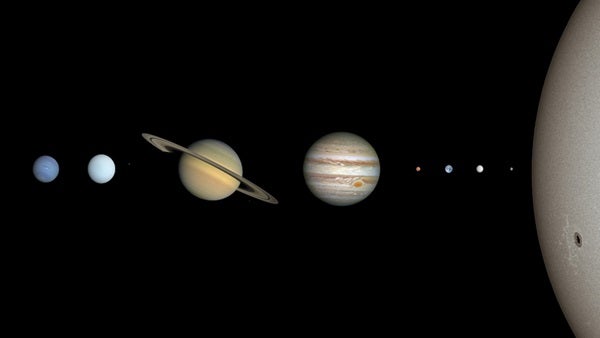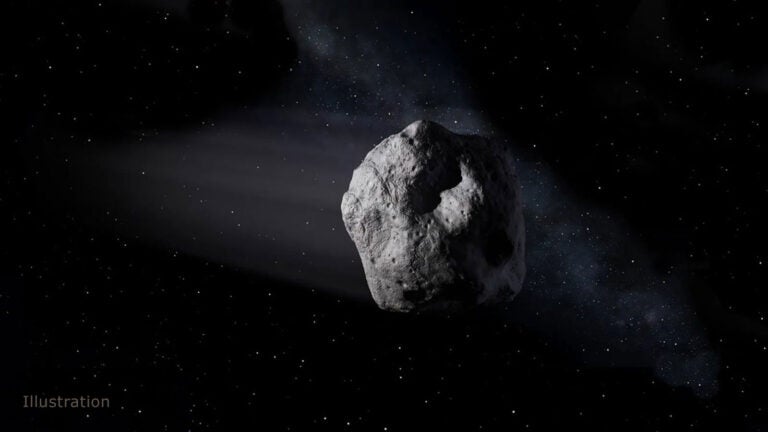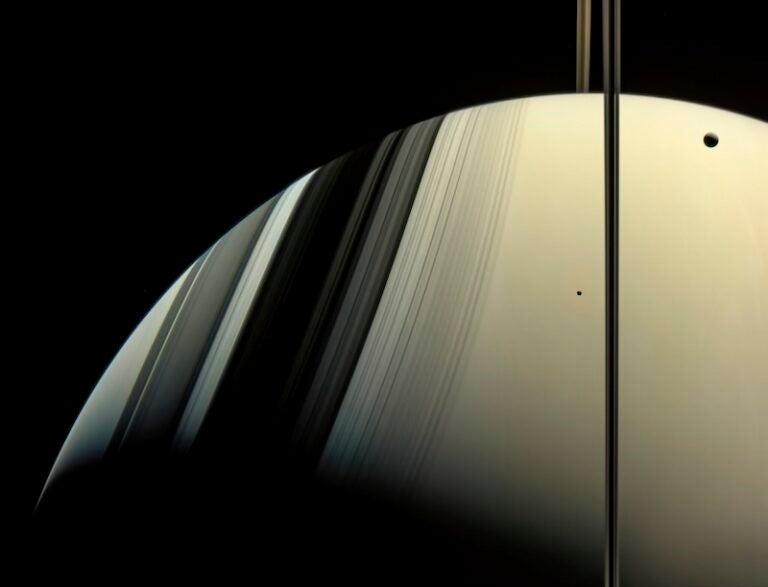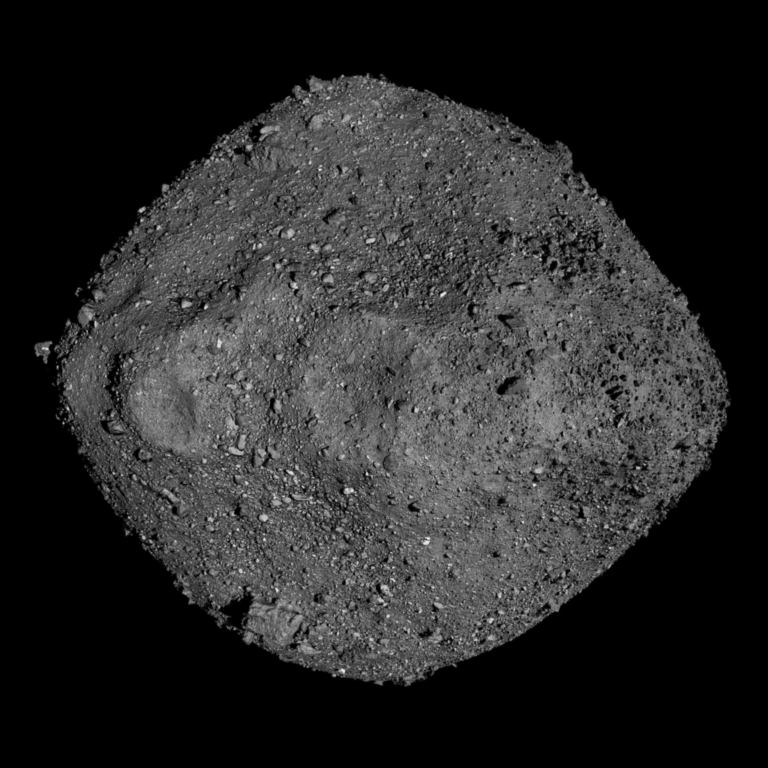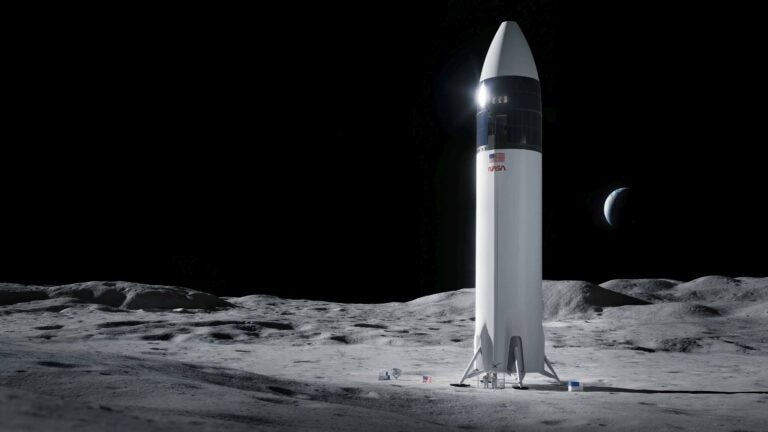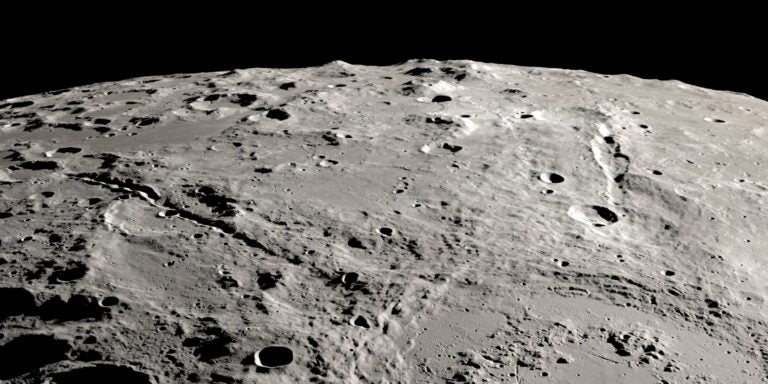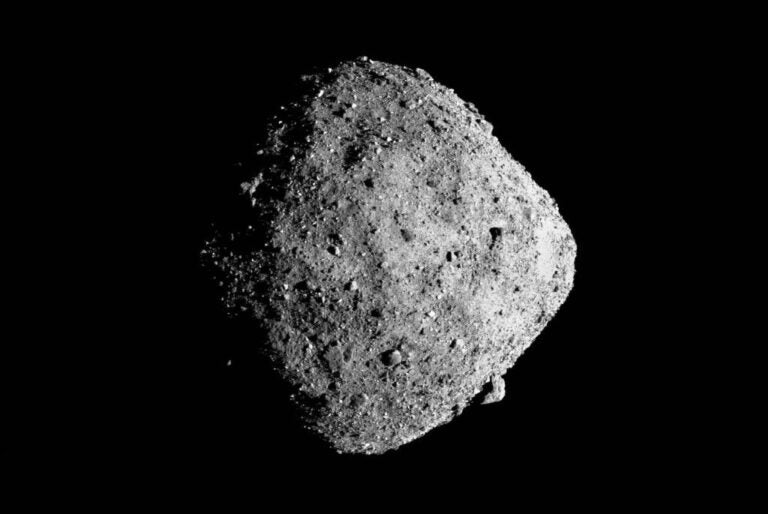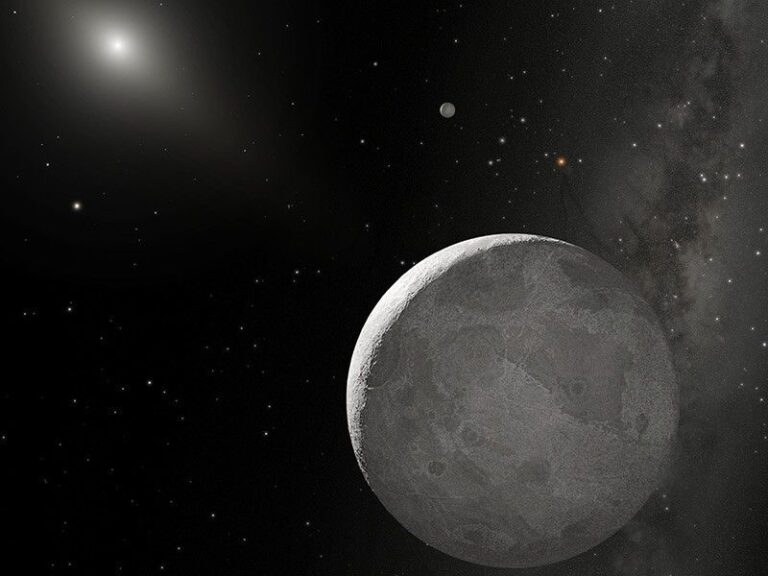Why do the giant planets rotate so much faster than the terrestrial planets in our solar system?
We still don’t fully understand what determines the rotation rate of giant planets; this is a key open topic in planetary science.
Let’s take a look at the differences between the giant planets — Jupiter, Saturn, Uranus, and Neptune — and the terrestrial planets — Mercury, Venus, Earth, and Mars. The most obvious difference is that whereas the terrestrial planets are solid bodies, the giant planets are mostly gas (Jupiter and Saturn) or ice (Uranus and Neptune). The fact that they don’t have a solid, visible surface makes it challenging to measure their spin. But it’s not impossible: The interior rotation periods of the giant planets are about 10 hours for Jupiter and Saturn, 17 hours for Uranus, and 16 hours for Neptune.
However, it is unclear whether giant planets have uniform rotation. The visible portion of their atmospheres have zonal winds — alternating jets flowing east to west or vice versa. These jets can be prograde, meaning they travel in the same direction as the planet’s rotation, or retrograde, moving against the rotation.
For a long time, it was unknown how deep the winds penetrate and how they relate to the rotation of the deep interior. Recently, thanks to data from space missions like Juno and Cassini, scientists determined that the winds of Jupiter and Saturn reach depths of some 1,800 miles (3,000 kilometers) and 5,600 miles (9,000 km), respectively. But this is barely scratching the surface of these planets, which have radii on the order of tens of thousands of miles.
For Uranus and Neptune, models suggest that winds don’t penetrate deeper than around 620 miles (1,000 km). But the ice giants have been visited only once — by Voyager 2 — over 30 years ago, so our data are limited.
Despite all these questions, we do have some idea of what makes the outer planets such fast rotators. We believe that it’s linked to their formation history and their relatively high masses.
The earliest stage of giant planet formation is thought to be the formation of a solid core made of heavy elements (rocks and ices). If the core is massive enough (a few times the mass of Earth), it can accrete hydrogen and helium gas from the disk. As gas is accreted onto the planet, it increases the total angular momentum of the world, which, in turn, leads to rapid rotation. The exact details of these processes and how the rotation of the planet evolves with time are yet to be determined, however.

